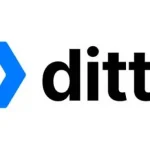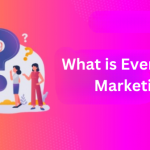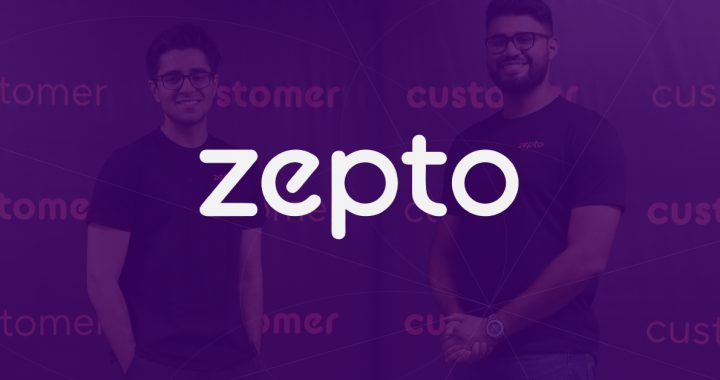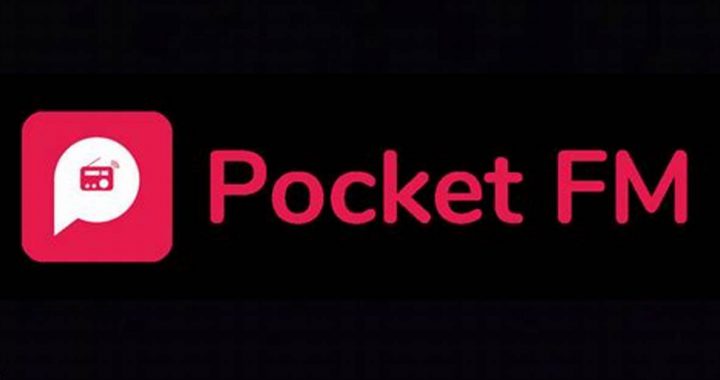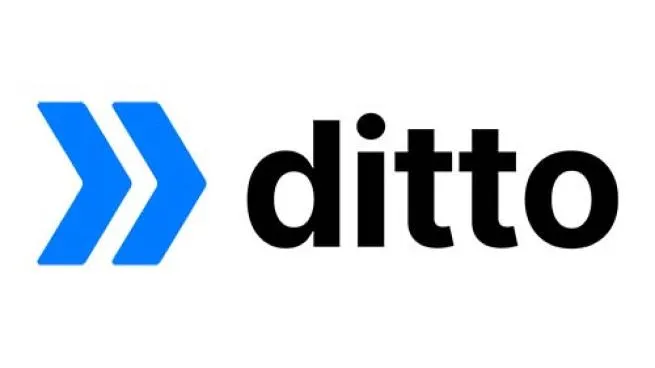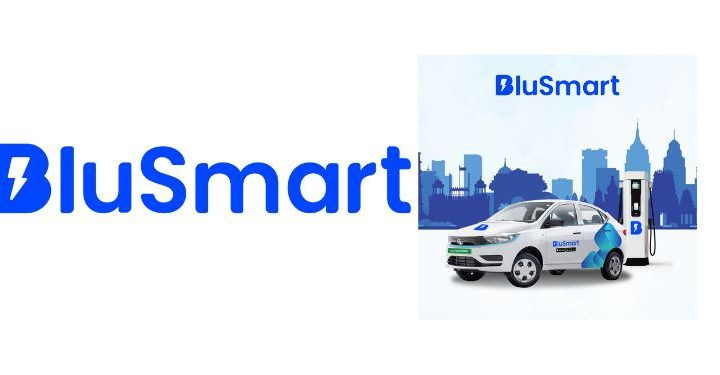How to Build a Marketing Plan for Mobile App?
4 min read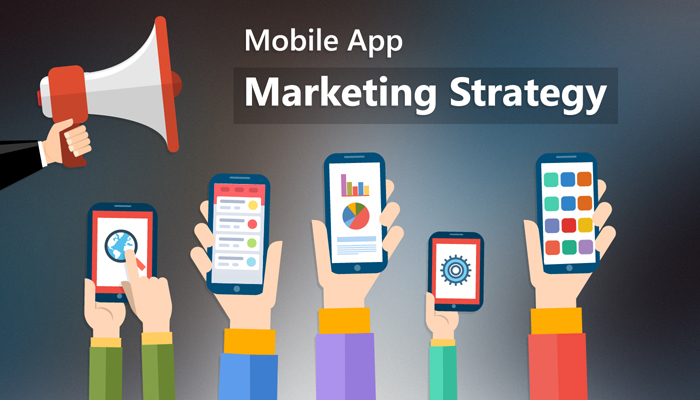
How to Build a Marketing Plan for Mobile App
Creating a comprehensive marketing plan for mobile app is crucial for its success. An effective marketing plan can increase visibility, drive downloads, and ensure user retention. Here’s a step-by-step guide to building a marketing plan for your mobile app:
1. Define Your Objectives
Set clear and measurable goals. Determine what you want to achieve with your marketing efforts. Common objectives include:
- Increasing app downloads
- Boosting user engagement and retention
- Generating revenue
- Building brand awareness
- Receiving user feedback and reviews

2. Understand Your Target Audience
Identify and analyze your target audience. Knowing who your potential users are will help you tailor your marketing efforts. Consider factors such as:
- Demographics (age, gender, location)
- Psychographics (interests, lifestyle, behaviors)
- Technology usage (preferred devices, platforms)
- Pain points and needs
3. Conduct Market Research
Analyze your competition and market trends. Understand the current landscape and identify opportunities and threats. Key steps include:
- Researching similar apps and their marketing strategies
- Identifying unique selling points (USPs) of your app
- Understanding market demand and user preferences
- Gathering insights from industry reports and analytics
4. Develop Your Unique Value Proposition (UVP)
Clearly articulate what sets your app apart. Your UVP should highlight the benefits and features that make your app unique. Consider:
- What problems does your app solve?
- How does your app improve users’ lives?
- What are the key features and benefits?
5. Plan Your Pre-Launch Strategy
Generate buzz and build anticipation before the launch. Pre-launch activities are crucial for a successful app launch. Consider:
- Creating a landing page with a sign-up form for early access
- Building an email list and sending regular updates
- Leveraging social media to share sneak peeks and teasers
- Reaching out to influencers and bloggers for reviews and mentions
- Submitting your app to beta testing platforms for feedback
6. Optimize Your App Store Listing
Ensure your app is easily discoverable in app stores. App store optimization (ASO) is key to increasing visibility and downloads. Focus on:
- Choosing a relevant and catchy app name
- Writing a compelling app description with relevant keywords
- Designing eye-catching app icons and screenshots
- Adding a promotional video to showcase your app
- Collecting and highlighting user reviews and ratings
7. Plan Your Post-Launch Strategy
Promote your app effectively after the launch. Post-launch activities should focus on driving downloads and user engagement. Consider:
- Running paid advertising campaigns (e.g., Google Ads, Facebook Ads)
- Engaging in social media marketing and content marketing
- Leveraging influencer marketing and partnerships
- Offering limited-time promotions or discounts
- Implementing referral programs and incentivizing users to share your app
8. Implement User Retention Strategies
Keep users engaged and encourage them to return. Retention is crucial for long-term success. Focus on:
- Sending push notifications with relevant updates and offers
- Regularly updating the app with new features and improvements
- Creating in-app tutorials and guides for new users
- Offering loyalty programs and rewards for regular users
- Collecting user feedback and addressing concerns promptly
9. Monitor and Analyze Performance
Track the performance of your marketing efforts. Use analytics tools to measure key metrics and optimize your strategy. Focus on:
- Download and installation rates
- User engagement and retention rates
- In-app purchases and revenue generation
- User feedback and reviews
- Return on investment (ROI) for marketing campaigns
10. Iterate and Improve
Continuously refine your marketing strategy. Use the insights gained from performance analysis to make data-driven decisions. Consider:
- Adjusting your marketing tactics based on what works best
- Testing different ad creatives, messaging, and channels
- Updating your app store listing with new keywords and visuals
- Engaging with your audience and incorporating their feedback

Conclusion
Building a marketing plan for your mobile app involves setting clear objectives, understanding your audience, conducting market research, and implementing effective pre-launch and post-launch strategies. By continuously monitoring and optimizing your efforts, you can drive downloads, increase user engagement, and achieve long-term success.
For expert assistance in planning and executing your mobile app marketing strategy, contact MyHoardings. Our experienced team is here to help you achieve your marketing goals.
Contact Us
- Email: business@myhoardings.com
- Phone: +91-9953847639
- Website: www.myhoardings.com
Let MyHoardings elevate your mobile app with strategic marketing solutions.
Top Apps in India to Run Ads with Higher Reach and Cost of Advertising
| Platform | Reach (Users) | Average CPC (Cost Per Click) | Average CPM (Cost Per Thousand Impressions) |
|---|---|---|---|
| Google Ads | Over 500 million | ₹5-₹10 | ₹40-₹100 |
| 260 million | ₹5-₹10 | ₹40-₹50 |
|
| YouTube | 225 million | ₹5-₹10 | ₹40-₹50 |
| 120 million | ₹8 | ₹50 |
|
| 82 million | ₹20-₹40 | ₹150-₹300 |
|
| Twitter Ads | 24 million | ₹7 per engagement | ₹70 |
| Amazon | 150 million | ₹5-₹10 | ₹50-₹100 |
| Truecaller | 246 million | ₹0.055 per impression | Not specified |
| Pinterest Ads | 45 million | ₹5-₹10 | ₹40-₹50 |
| Paytm | 150 million | ₹5-₹10 | ₹40-₹50 |
Mobile App Advertising ROI |


